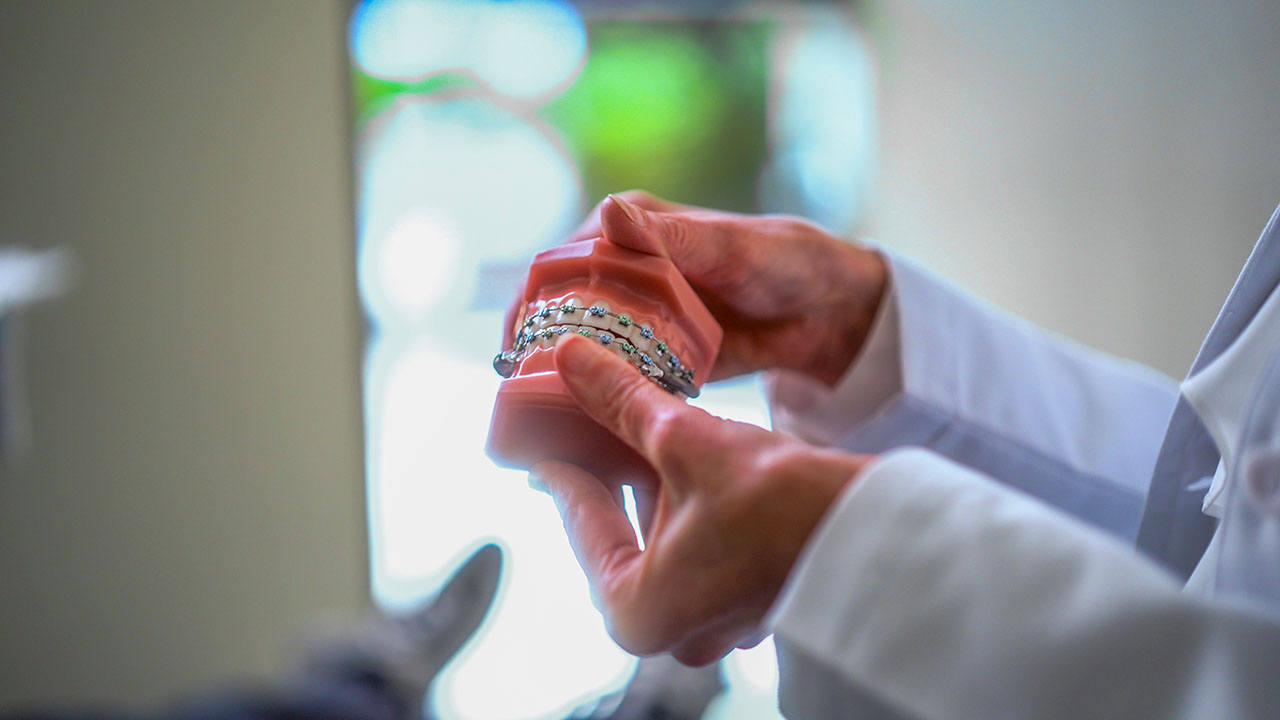Starting orthodontic treatment is an exciting step toward achieving a confident, healthy smile. However, many patients—especially teens—worry that braces will interfere with their favorite activities, such as sports or playing a musical instrument. The good news is that with the right precautions and a little adjustment, you don’t have to give up what you love. Here’s what you should know from our orthodontist in Redding, CA.

Sports and dental braces can absolutely go hand in hand, but protection is key. Since braces have brackets and wires, your mouth is more vulnerable to injury during contact activities such as football, basketball, soccer, or hockey. A collision could lead to cuts inside the cheeks or damage to your orthodontic appliances.
To prevent these issues, orthodontists strongly recommend wearing a custom-fit mouthguard. Unlike standard store-bought guards, orthodontic mouthguards are designed to fit comfortably over your braces, providing better protection without restricting movement. These guards not only protect your teeth and gums but also help minimize the chance of damaging your braces during a fall or impact.
Even in non-contact sports like tennis, running, or gymnastics, accidents can happen. Wearing a mouthguard gives you peace of mind and lets you focus on your performance without worrying about your smile.
For musicians, orthodontic braces may initially feel like a challenge—especially if you play a wind or brass instrument. Instruments like the trumpet, clarinet, flute, or saxophone require constant lip and cheek pressure, which can make the first few weeks of playing with braces slightly uncomfortable.
Fortunately, most musicians adjust quickly. Your lips will learn how to cushion against the , and you’ll find new ways to position your mouth for sound production. Orthodontic wax can also be applied to brackets to reduce irritation during practice sessions.
Woodwind players often adapt faster than brass players, but everyone eventually adjusts. In fact, some musicians even find that braces improve their embouchure (mouth position) once they get used to the changes. Regular practice, patience, and experimenting with small adjustments will help you regain comfort and confidence in your playing.
don’t have to hold you back from pursuing the activities you love. With a little preparation and the right protective gear, you can stay active in sports or continue enjoying music without major disruptions. Orthodontic treatment is temporary, but the benefits of a healthy, beautiful smile will last a lifetime.
If you have concerns about balancing braces with your lifestyle, schedule a consultation with our orthodontist in Redding, CA, for personalized advice and support. Call Shasta Orthodontics at (530) 223-6850.
Get Started Today